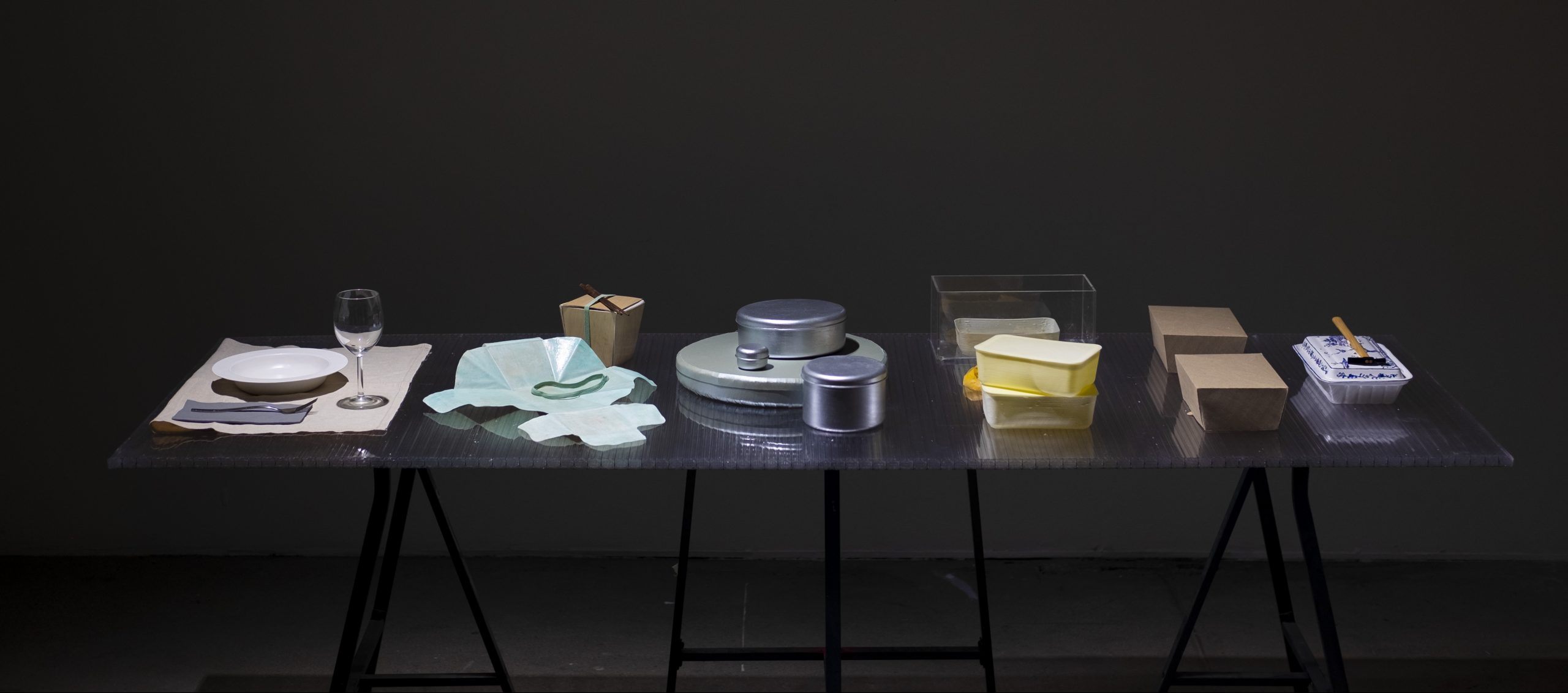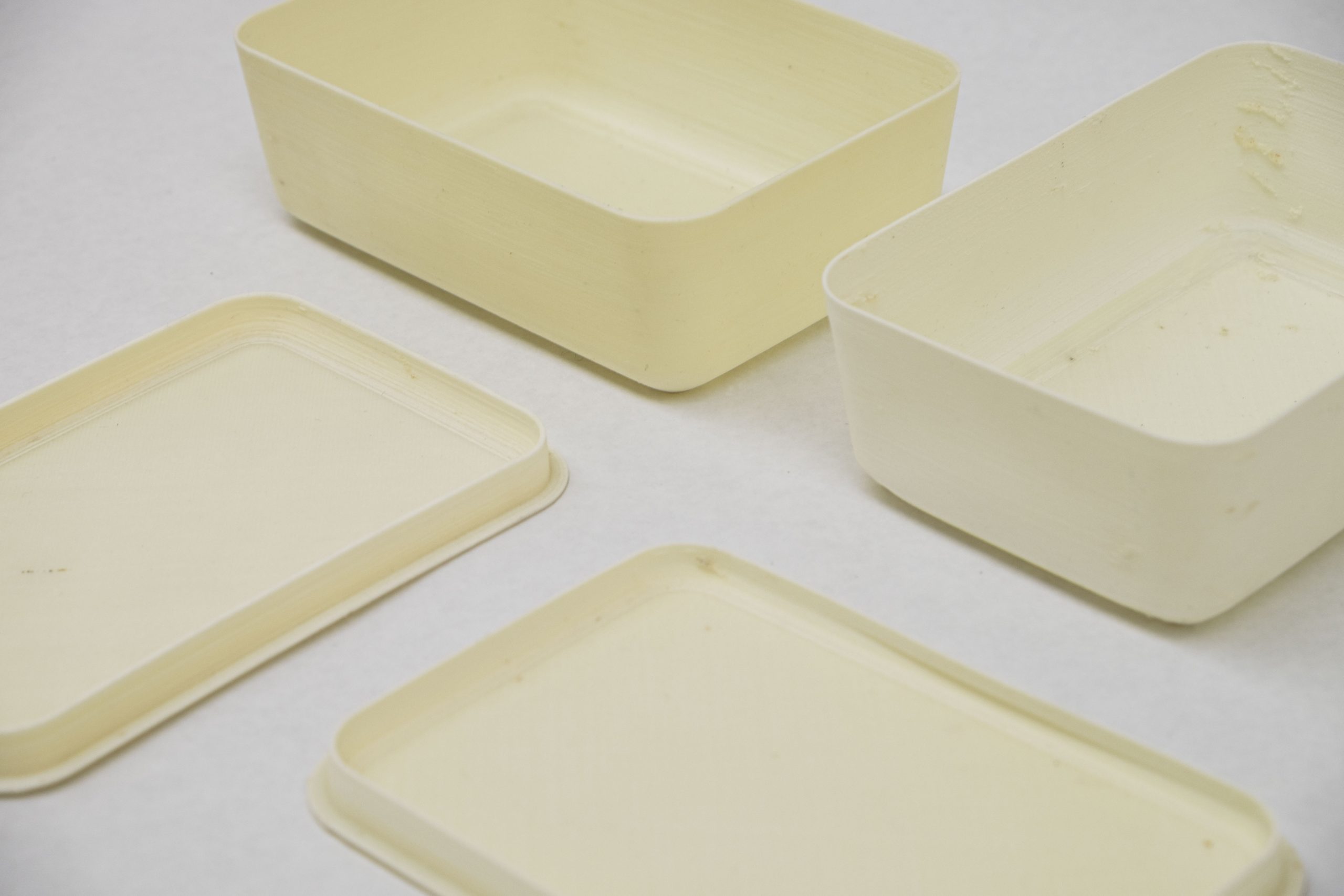Perspective I : Detachment
Perspectives concept take-away
food containers
Exploratory project
Konstfack University
2021
Perspectives concept take-away containers
Exploratory project
Konstfack University
2021

This project aimed to look at a food container from three different perspectives and prototype six concepts that respond to the challenges and opportunities founds around them.
When we buy food that comes in a container, we are buying the food and we are buying the container. We somehow don’t really realize the containers are also a purchase and we dispose of them right after. It is an act that is so normalized that we are not even aware of how often we do it, as there aren’t any emotions involved. In this perspective I want to investigate what can cause attachment to the containers and what can bring in emotions to the act of disposing it. The following containers are designed to cause a reaction and evoke awareness to the act of their disposal by involving the user in the process of destruction, that happens after disposing but we don’t see.

Anti-functional container made out of hand painted china porcelain that needs to be broken to open.


Cardboard container that forces the user to rip apart the container to open it – stitch cut lines will guide the ripping and signifiers show where to pull from.
Perspective II : Qualities
In this perspective I want to focus on the physical qualities of food containers in regards to two different problems:
Having food delivered home can mean compromising on its quality. For instance, fine dining restaurants don’t usually offer delivery. This container guarantees to preserve the presentation and temperature of the food, served in a nice container that resembles a plate. The base of the container has a double wall to maintain the temperature and the top has a silicone layer and an air valve that sucks out the air, creating vacuum between the to top and the base to keep the food in position and attaching the top to the base. The top works with any plate format.

When looking at containers in the same manner as we look at lunch boxes, a reusable container that you will often carry around, volume and weight seem to be two main pain points. This container is foldable and light weight, so that you can have with you in your backpack all the time.

Perspective III : Time
In this perspective I explored the aspect of durability in take-away food containers in relation to transportation and after usage lifetime. I aim to understand the possibilities in designing extreme opposite containers that will last as short as possible and as long as possible.



How long does a take-away food container really needs last? Frequently the only function a container serves is of transportation. For instance, when ordering food from a walking distance kiosk, and transferring the meal to a plate at home. If the usage lifetime frame in this case can be down to a couple of minutes, does it make sense that they are made of a material that can last for dozens of years? In response these containers are made to last just as long as it’s truly needed, for instance 10 or 20 mins, just enough time to get home, then they will start to self destroy. Made of pva, a water solvable polymer, they can be afterwards placed in the sink filled with water and they will disappear, leaving no trace behind. The wall thickness of the container determines its durability.

What’s the longest a container can last? If its made of robust and long lasting material that can be 100% recyclable and integrated in a system where it’s reused as much as possible and recycled into a new at the end of its life, then it lasts forever. These container are made of 100% recycled stainless steel and will be integrated in system that collaborates with restaurants and food delivery services to sell food in these standardised containers, have them returned, washed and used again and again until they deteriorate and then they are recycled into new ones.